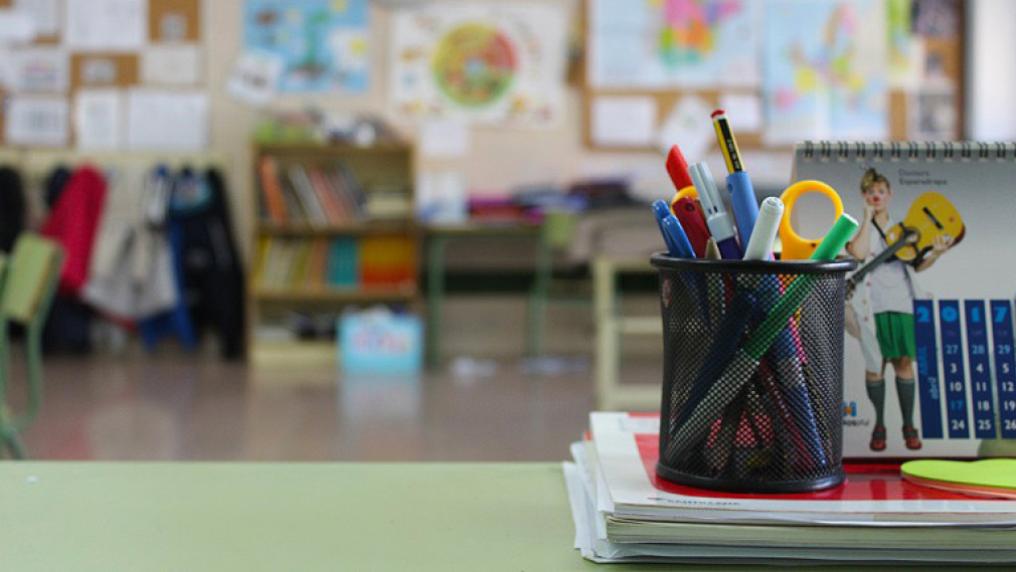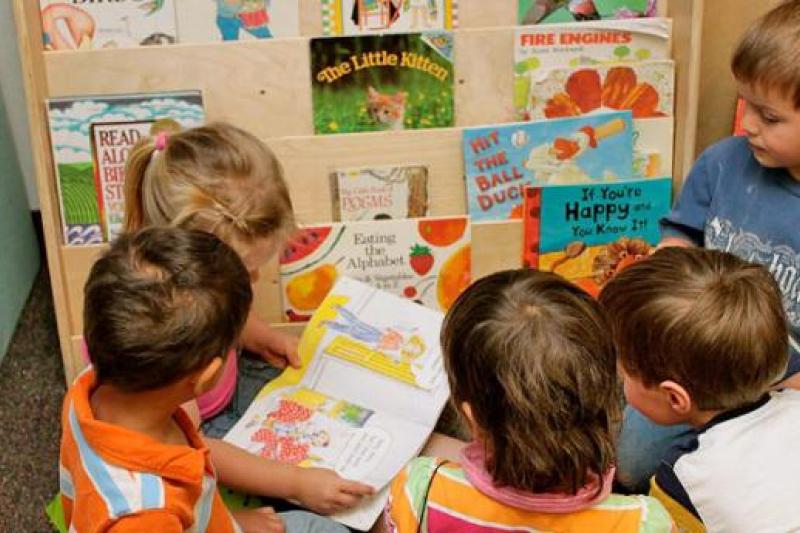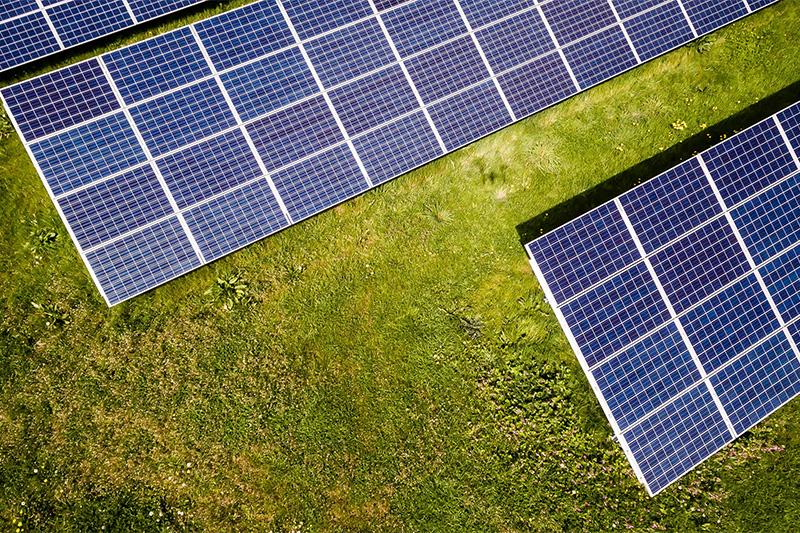Is Revolution the solution?

We congratulate Kambrya College on inviting us all to share in their journey of creating a world class school. Revolution School shows us the everyday hurdles of learning and teaching in a diverse school setting, where several young people face complex life challenges and exhibit difficult behaviours.
It was great that that no kids were expelled in episode one – although we wait on tenterhooks for episode two. This counters the trend of increasing suspensions and expulsions from schools. We know harsh punishments don't work and can actually increase a young person’s vulnerability. Even more concerning is the rise in kids being encouraged to leave.
Schools should cater for diversity and embrace all children in their local area. This is a principal’s responsibility, in partnership with families and the broader community. Schools need to take children’s challenges seriously and focus on the whole child, seeing behavioural problems or setbacks as opportunities to help kids learn and develop new skills.
Excluding challenging kids might bring temporary relief to schools, but the longer-term impacts on young people are dire.
The kids most in need of educational opportunities, due to economic hardship, family background, mental health or ability, are the ones most likely to be pushed away.
So where do these troubled kids go? Some end up as the one in four young people who don't finish Year 12 by age 19. Others go to the hidden labyrinth of flexible learning providers. These providers educate the children no one else wants or can handle, and are doing it well.
More than 900 flexible learning programs operate across Australia, catering for over 70,000 students. All their learners have rejected, or more likely been rejected by, the mainstream schooling system. These programs often don’t look like schools, operating out of halls, commercial buildings and annexes. They act differently to many schools. The remedial support they provide helps young Australians get their lives and learning back on track.
These programs work because they focus on the whole child and building strong relationships between kids and their teachers. Students receive personalised and real world learning opportunities that cater to their abilities, interests and strengths. Staff have a positive mindset and high aspirations for every child. Students have a strong voice and feel motivated, challenged and respected in their learning.
There are many examples we can learn from.
Mount Baker Secondary School in South Australia focuses on educating the whole student. Their Positive Education program aims to enhance kids’ wellbeing and make sure they leave school with a set of essential capabilities and skills to flourish.
In Victoria, The Pavilion School's motto is ‘Everyone has the right to education’. They educate young people with multiple issues that make learning difficult. The school's persistence to realise this motto is reflected in their absolute commitment to each student. They provide a calm and safe environment that focuses on students’ needs and strengths. Teachers, together with wellbeing staff, support students to reach their personal goals and overcome obstacles.
Similarly, The Melbourne Academy educates some of the most marginalised young Victorians. Students are supported by a teacher and youth worker, working together to meet their learning and wellbeing needs. They operate out of multi-purpose sites, with access to services like dental and medical care and legal advice. A recent evaluation of the program shows kids are better off across a range of areas – academically, personally and socially. And students are the biggest advocates:
“The teachers here are better. It’s more about you and what you want to do, where you want to go.”
“When I came I thought ‘maybe it’s not going to work’, but it works ... So they give you a lot of options: ‘you can do this. What do you want to do? If you can’t do this today, might be tomorrow, but you can do this one to try to keep yourself applied and focused, instead of staying home and getting stressed’.”
So what should we take away from this? While we're waiting for a revolution to ensure every school successfully educates all types of learners, we need to acknowledge the large and growing group of learners outside the mainstream, and learn from providers already engaging students with multiple barriers to learning.
If schools worked more closely with flexible learning providers and looked to them for innovative solutions, more students would have their learning needs better addressed as well as their wellbeing enhanced, and not need to leave the mainstream. They’d have stronger relationships with teachers. Learning spaces would be designed to encourage student voice and choice, and learning would be more creative, meaningful and purposeful. Most importantly many more kids would be motivated, happy and enjoy going to school.
Our education system needs to make sure schools have the right supports so all students can learn. We need to move towards policies that promote inclusion and keep talking about real world learning that builds children’s broader capabilities for schooling, work and beyond.
We hope to see some of these ideas play out in Tuesday night’s Revolution School.
This article was published on Education Review. Read the original article.



